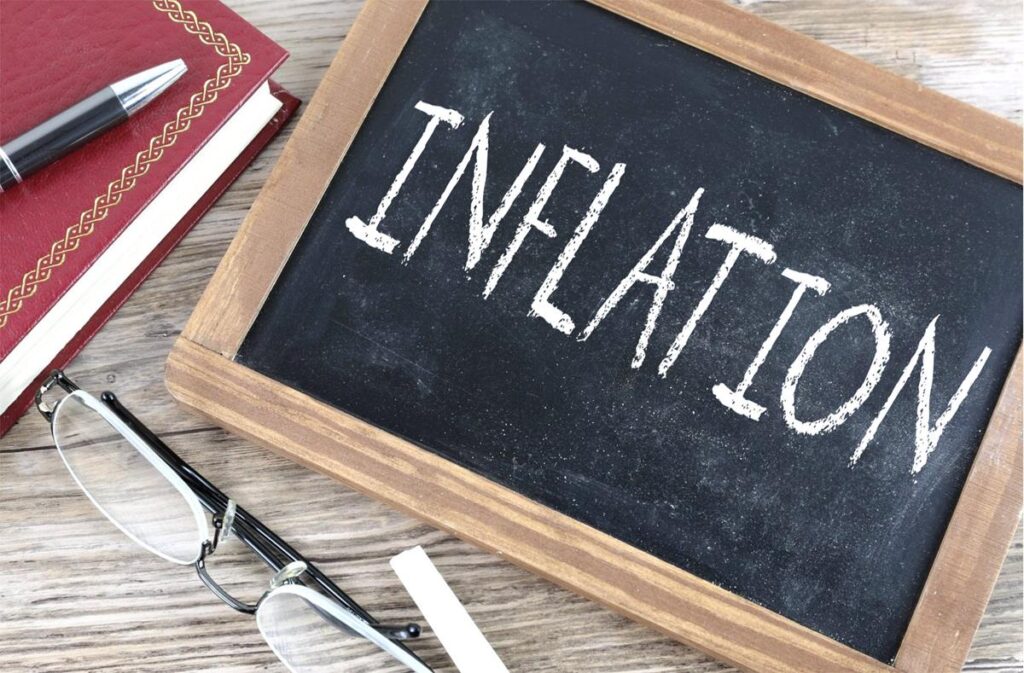
Brazil, with its diverse economy and dynamic markets, relies on various indicators to gauge economic health. Among these, the Índice Nacional de Preços ao Consumidor Amplo (IPCA) stands out as the primary measure of inflation in the country. Calculated monthly by the Brazilian Institute of Geography and Statistics (IBGE), the IPCA plays a crucial role in shaping economic policies, influencing investment decisions, and affecting the daily lives of Brazilian citizens.
What is the IPCA?
The IPCA measures the average change over time in prices paid by households for a basket of goods and services. This basket includes a wide array of items, such as food, housing, clothing, transportation, health care, education, and entertainment. The IPCA is designed to reflect the consumption patterns of families with monthly incomes ranging from 1 to 40 minimum wages, making it a comprehensive indicator of inflation experienced by the average Brazilian household.
The index is calculated monthly and is expressed as a percentage change compared to the previous month or year. For example, if the IPCA shows an increase of 0.5% in a given month, it indicates that, on average, prices have risen by that percentage for the basket of goods and services.
How the IPCA Affects Daily Life
The implications of the IPCA are far-reaching. For consumers, a rising IPCA often translates to higher prices at the grocery store, increased transportation costs, and more expensive utilities. This can lead to a decrease in purchasing power, as people find that their salaries do not stretch as far as they once did.
For example, in 2021 and 2022, Brazil experienced a spike in inflation, with the IPCA reaching over 8% in some months. This surge was primarily driven by external factors such as supply chain disruptions caused by the COVID-19 pandemic, increased commodity prices, and domestic issues like energy shortages. As a result, Brazilian families felt the pinch in their budgets, leading to adjustments in spending habits.
The IPCA and Investment Decisions
Investors closely monitor the IPCA as it significantly influences monetary policy decisions made by the Central Bank of Brazil. When inflation rises, the Central Bank may respond by increasing interest rates to curb spending and cool down the economy. Conversely, if the IPCA is low, the bank might lower interest rates to stimulate growth.
For investors, understanding the IPCA is crucial for making informed decisions. For instance, fixed-income investments, such as government bonds, often yield returns that are adjusted based on inflation. If inflation is expected to rise, investors may seek to lock in higher rates before the Central Bank reacts. Conversely, during periods of low inflation, they might prefer equities or other assets that typically perform better in a low-interest-rate environment.
Historical Context of the IPCA
The IPCA was introduced in 1994 as part of Brazil’s broader economic stabilization plan, known as the Real Plan. This plan aimed to control hyperinflation that plagued the country during the late 1980s and early 1990s. The introduction of the IPCA marked a significant shift in how inflation was measured and addressed in Brazil.
Historically, Brazil has faced numerous inflationary pressures, with episodes of hyperinflation in the 1980s and early 1990s. The establishment of the IPCA provided a stable framework for monitoring price changes and helped restore confidence in the Brazilian economy. Over the years, the IPCA has become a trusted indicator, not only for policymakers but also for businesses and consumers.
The Role of the IPCA in Economic Policy
The IPCA is integral to the formulation and adjustment of Brazil’s monetary policy. The Central Bank sets an inflation target each year, aiming to keep the IPCA within a specific range. This target serves as a benchmark for evaluating the effectiveness of monetary policy and guiding economic decisions.
When inflation exceeds the target, the Central Bank may implement a contractionary monetary policy, which includes raising interest rates and reducing money supply. Conversely, if inflation is below the target, the Bank may adopt an expansionary approach, encouraging spending and investment.
Conclusion
The IPCA serves as a fundamental cornerstone in understanding Brazil’s economic landscape, transcending its role as a mere inflation index. By meticulously tracking the fluctuations in the prices of essential goods and services, the IPCA unveils the intricate dynamics of consumer purchasing power and economic stability. In a nation that continually grapples with diverse economic challenges, the insights derived from the IPCA are invaluable, guiding both citizens and investors in their financial decisions.
As Brazil’s economic environment evolves, the significance of the IPCA cannot be overstated. It acts as a crucial barometer that not only informs government policies but also empowers individuals and businesses to navigate the complexities of inflation and market trends. By staying attuned to the IPCA, stakeholders can better anticipate shifts in the economy, allowing for strategic planning and informed decision-making.
In conclusion, the IPCA encapsulates the interplay between pricing, economic policies, and the daily realities faced by Brazilians. It serves as a vital tool that bridges the gap between macroeconomic indicators and personal financial well-being. As Brazil continues its journey toward economic resilience, the IPCA will remain an essential guide, illuminating the path to a more secure and prosperous future for all.
